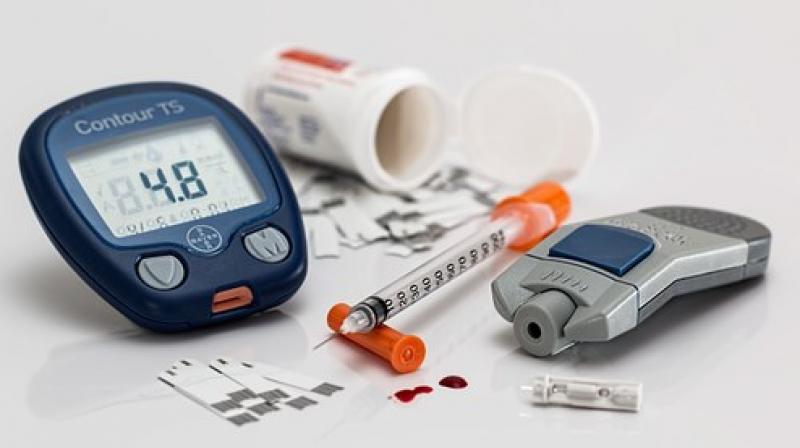Vitamin D could help treat diabetes: study

Vitamin D can help treat damaged beta cells in pancreas that produce, store and release the hormone insulin, paving they way for a new approach to treat diabetes, scientists say.
When beta cells become dysfunctional, the body can not make insulin to control blood sugar and levels of glucose can rise to dangerous levels.
Researchers from Salk Institute in the US accomplished their goal by using an unexpected source: vitamin D. Vitamin D in cells and mouse models proved beneficial in treating damaged beta cells.
It also provided new insights about gene regulation that could be applied to developing treatments for other diseases, including cancer.
"We know that diabetes is a disease caused by inflammation. In this study, we identified the vitamin D receptor as an important modulator of both inflammation and beta cell survival," said Ronald Evans, from Salk Institute.
Using beta cells created from embryonic stem cells, researchers were able to identify a compound, iBRD9, that appeared to enhance the activation of the vitamin D receptor when it was combined with vitamin D to improve the survival of beta cells.
The team accomplished this by conducting a screening test to look for compounds that improved the survival of beta cells in a dish. They then tested the combination in a mouse model of diabetes and showed that it could bring glucose back to normal levels in the animals.
"This study started out by looking at the role of vitamin D in beta cells," said Zong Wei, a research associate at Salk.
"Epidemiological studies in patients have suggested a correlation between high vitamin D concentrations in the blood and a lower risk of diabetes, but the underlying mechanism was not well understood," said Wei, first author of the study published in the journal Cell.
"Its been hard to protect beta cells with the vitamin alone. We now have some ideas about how we might be able to take advantage of this connection," he said.
The underlying process has to do with transcription - the way that genes are translated into proteins. Combining the new compound with vitamin D allowed certain protective genes to be expressed at much higher levels than they are in diseased cells.
"Activating the vitamin D receptor can trigger the anti-inflammatory function of genes to help cells survive under stressed conditions," said Michael Downes, a senior staff scientist at Salk.
"By using a screening system that we developed in the lab, we've been able to identify an important piece of that puzzle that allows for super-activation of the Vitamin D pathway," he said.
The discoverys implications can have far-reaching implications: It identifies a basic mechanism that can be translated into drugging many different targets in the clinic.
"In this study, we looked at diabetes, but because this is an important receptor it could potentially be universal for any treatments where you need to boost the effect of vitamin D," said Ruth Yu, a Salk staff researcher.
"For example, we are especially interested in looking at it in pancreatic cancer, which is a disease that our lab already studies," Yu said.

